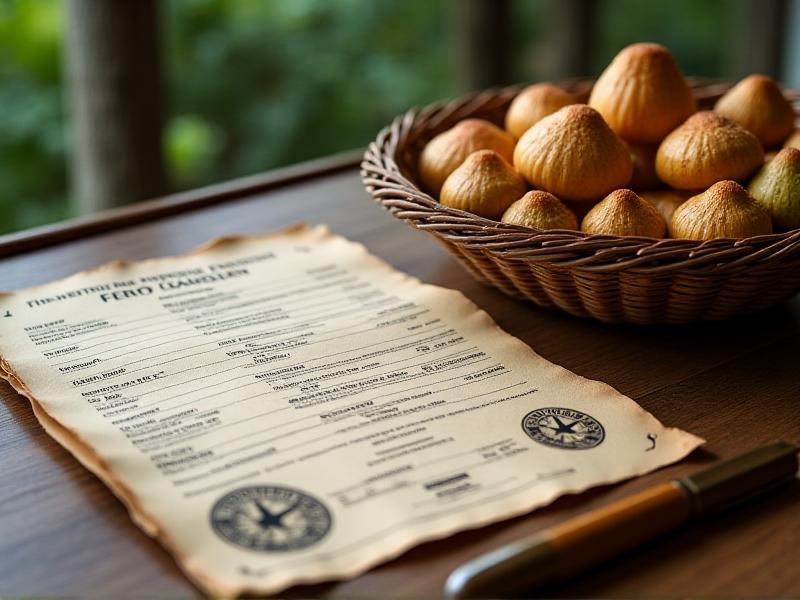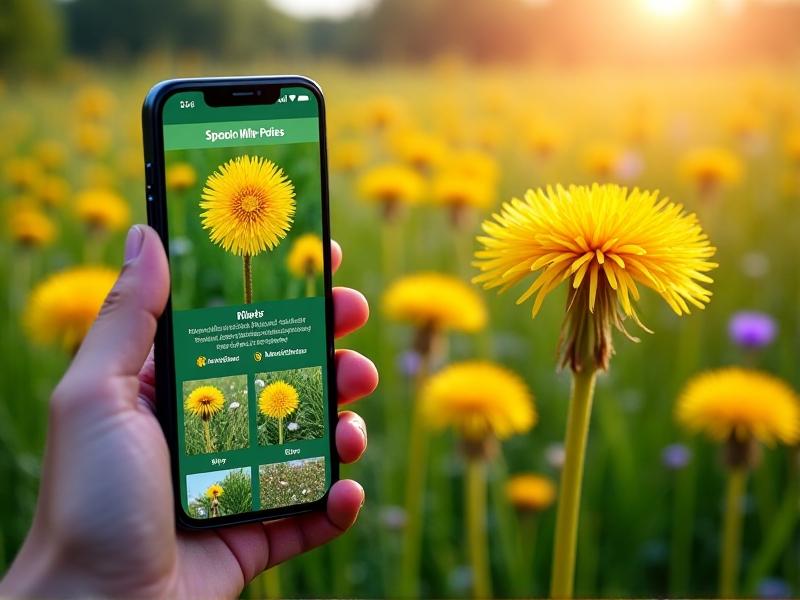Certifications Needed to Legally Distribute Wild-Harvested Fungi
Understanding the Legal Landscape of Wild-Harvested Fungi Distribution
Distributing wild-harvested fungi is not as simple as picking mushrooms from the forest and selling them at a market. The legal landscape surrounding this practice is complex and varies significantly depending on the region, country, and even local jurisdictions. Before venturing into this business, it is crucial to understand the legal requirements that govern the collection, processing, and distribution of wild fungi.
In many places, wild fungi are considered a natural resource, and their harvest is regulated to prevent overexploitation and ensure sustainability. This often means that foragers need to obtain specific permits or licenses to legally collect fungi from public or private lands. Additionally, the sale of wild-harvested fungi may require additional certifications to ensure that the products are safe for consumption and meet health and safety standards.
It's also important to be aware of the differences between wild-harvested and cultivated fungi. While cultivated fungi are typically grown in controlled environments and are subject to agricultural regulations, wild fungi are subject to different rules that take into account their natural habitats and ecological impact. Understanding these distinctions is key to navigating the legal requirements and ensuring compliance.

Key Certifications for Wild-Harvested Fungi Distribution
One of the most important certifications needed to legally distribute wild-harvested fungi is a foraging permit or license. This permit is typically issued by local or national authorities and grants the holder the right to collect fungi from specific areas. The requirements for obtaining a foraging permit can vary widely, but they often include proof of knowledge about sustainable harvesting practices and the ability to identify edible and non-edible species.
Another critical certification is the food safety certification, which ensures that the fungi are safe for human consumption. This certification is usually obtained through a recognized food safety program and may involve regular inspections of the harvesting and processing facilities. Food safety certifications are essential for building trust with consumers and meeting legal requirements for the sale of food products.
In some regions, distributors of wild-harvested fungi may also need to obtain a business license or vendor permit. These licenses are typically issued by local governments and allow the holder to legally sell products within a specific area. The requirements for obtaining a business license can include proof of insurance, adherence to local zoning laws, and compliance with health and safety regulations.

Sustainable Harvesting Practices and Certifications
Sustainability is a key concern in the wild fungi industry, and many certifications focus on promoting environmentally responsible harvesting practices. One such certification is the Forest Stewardship Council (FSC) certification, which ensures that fungi are harvested in a way that maintains the health and biodiversity of forest ecosystems. The FSC certification is highly regarded and can enhance the marketability of wild-harvested fungi products.
Another important certification is the Organic Certification, which guarantees that the fungi are harvested without the use of synthetic chemicals or pesticides. This certification is particularly valuable for consumers who prioritize organic products and are willing to pay a premium for them. Obtaining organic certification involves adhering to strict guidelines and undergoing regular inspections to ensure compliance.
In addition to these certifications, some foragers and distributors may choose to participate in voluntary sustainability programs or obtain certifications from organizations that promote ethical foraging practices. These programs often involve training on sustainable harvesting techniques, as well as commitments to minimize environmental impact and support local communities.
Navigating Health and Safety Regulations
Health and safety regulations are a critical aspect of distributing wild-harvested fungi. These regulations are designed to protect consumers from potential health risks associated with consuming wild fungi, such as contamination or misidentification of species. To comply with these regulations, distributors must ensure that their products are properly identified, processed, and labeled.
One of the key requirements is the accurate identification of fungi species. Misidentification can lead to the sale of toxic or inedible species, which can have serious health consequences. Many jurisdictions require that foragers and distributors undergo training in mycology (the study of fungi) and obtain certification in species identification. This training helps ensure that only safe, edible species are harvested and sold.
Another important aspect of health and safety regulations is the proper handling and processing of fungi. This includes ensuring that fungi are cleaned, stored, and transported in a way that prevents contamination. Distributors may be required to implement Hazard Analysis Critical Control Point (HACCP) plans, which are systematic approaches to identifying and controlling potential hazards in the food production process.

Building Consumer Trust Through Transparency
Transparency is essential for building consumer trust in the wild-harvested fungi market. Consumers are increasingly interested in knowing where their food comes from, how it was harvested, and whether it was produced sustainably. Distributors who can provide this information are more likely to attract and retain customers.
One way to demonstrate transparency is through clear and accurate labeling. Labels should include information about the species of fungi, the location where they were harvested, and any certifications or sustainability practices that were followed. Providing this information not only meets legal requirements but also helps consumers make informed purchasing decisions.
Another important aspect of transparency is traceability. Distributors should be able to trace their products back to the source, ensuring that they were harvested legally and sustainably. This can be achieved through the use of tracking systems and documentation that records the journey of the fungi from the forest to the consumer. Traceability is particularly important in the event of a product recall or health concern, as it allows distributors to quickly identify and address any issues.
The Role of Local and International Regulations
The distribution of wild-harvested fungi is subject to both local and international regulations, depending on where the fungi are harvested and where they are sold. Local regulations may include restrictions on where and when fungi can be harvested, as well as requirements for permits and certifications. These regulations are often designed to protect local ecosystems and ensure that fungi are harvested sustainably.
International regulations come into play when wild-harvested fungi are exported to other countries. These regulations may include requirements for phytosanitary certificates, which ensure that the fungi are free from pests and diseases that could harm the importing country's agriculture. Additionally, international trade in wild fungi may be subject to the Convention on International Trade in Endangered Species of Wild Fauna and Flora (CITES), which regulates the trade of species that are at risk of overexploitation.
Navigating these regulations can be challenging, especially for small-scale foragers and distributors. However, understanding and complying with both local and international regulations is essential for legally distributing wild-harvested fungi and accessing broader markets.
Future Trends in Wild-Harvested Fungi Distribution
The wild-harvested fungi industry is evolving, with new trends and technologies shaping the way fungi are harvested, processed, and distributed. One of the most significant trends is the growing demand for sustainably harvested and ethically sourced products. Consumers are increasingly seeking out wild fungi that are harvested in a way that protects the environment and supports local communities.
Another emerging trend is the use of technology to improve traceability and transparency in the supply chain. Blockchain technology, for example, is being used to create immutable records of the journey of wild fungi from the forest to the consumer. This technology can help build consumer trust by providing verifiable information about the origin and sustainability of the products.
Finally, there is a growing interest in the medicinal properties of wild fungi, leading to increased demand for fungi-based supplements and health products. This trend is driving innovation in the processing and packaging of wild fungi, as well as the development of new products that cater to health-conscious consumers.







